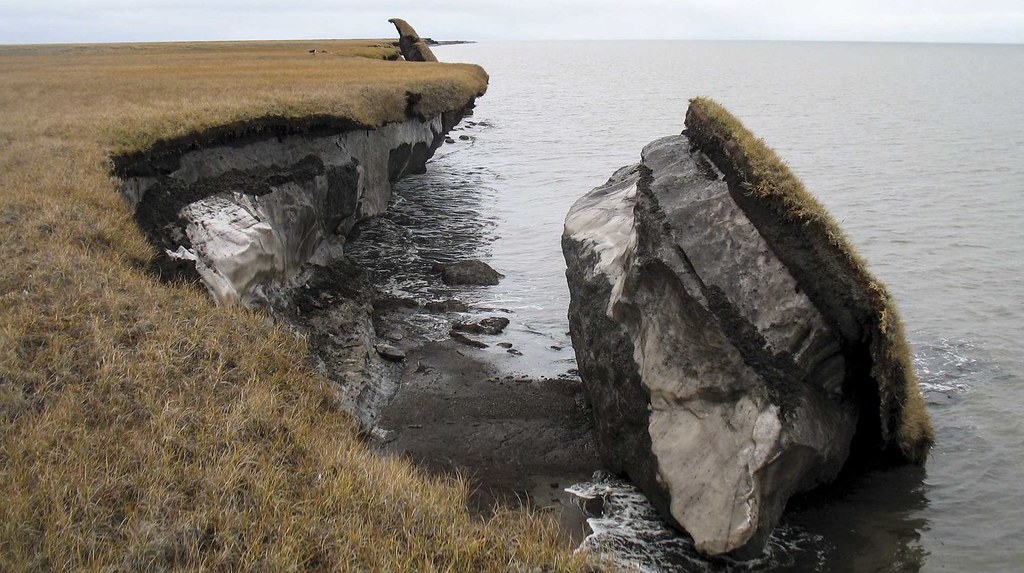The public comment period for an update on the National Climate Assessment closes Jan. 27 as the U.S. seeks to shore up efforts to address climate change.
The draft update, now the fifth, is considered “the preeminent source of climate information for the United States, used by hundreds of thousands of people across the country and around the world,” according to a news release from the White House Office of Science and Technology Policy.
The National Climate Assessment first published in 2000, with its last update released in two parts between 2017 and 2018.
The 1,695-page draft report evaluates everything from rising ocean levels and shifting weather patterns to economical and social impacts. The draft includes a 63-page chapter on Alaska’s role in climate change, including threats and reactions.
Citing a 2018 study, the draft states that Alaska is warming two to three times faster than the global average.
The draft report notes climate change presents some positive impacts for Alaska’s food security, including longer growing seasons.
Twenty-four people from federal, state, environmental, science and academic backgrounds contributed to the Alaska chapter.
Alyssa Quintyne, the Alaska Center’s Interior community manager, served as one of the Alaska chapter’s contributing writers.
“Alaskans are the best people to tell the story about climate crisis in Alaska,” Quintyne said, adding that public comments from Alaska residents are essential.
“We don’t want our chapter to go out without Alaskan eyes on it,” Quintyne said. “We want to engage with our fellow leaders and community members, and we want to make sure we got the story right.”
Noticeable impacts include thawing permafrost, shrinking sea ice levels and a sharp, noticeable drop in several fish and crab populations, which have led to several fisheries crashes over the last years.
Other elements highlighted in the draft report include prolonged summer wildfire seasons and the adverse health affects caused by the smoke, shifts in wildlife migration patterns.
Quintyne noted health impacts from wildfire smoke struck a personal note.
“A lot of my friends developed bronchospasms,” Quintyne said. Bronchospasms are cause by airway muscles tightening, which results in wheezing and coughing.
Quintyne noted some people had to receive breathing treatments as a result. Several things trigger it, including emphysema, chemical fumes and allergens — and wildfire smoke.
“To see healthy people that are normally out there running or exercising all of sudden developing these conditions hit me personally,” Quintyne said.
The report references some of the most recent severe weather events, including the harsh 2021-2022 winter season that hammered the Interior with freezing rain and snow.
The Alaska chapter also cites personal stories from residents, including Fairbanks resident and tax preparer Marjorie Casort’s testimony on the 2021-2022 snowpocalypse.
“In April we are still feeling the effects, with an inch of ice stubbornly clinging to roads,” Casort wrote. “Many of my elderly clients are housebound, unable to even cross the road to check their mailbox because of the dangerous ice conditions.”
The draft report is available online for review and comment at review.globalchange.gov. People wishing to comment will need to create an account to view, download or comment.
Quintyne encourages people to comment.
“We greatly appreciate having this chapter written and edited by Alaskans, so we appreciate any comment and we want to make sure we got the story right,” Quintyne said.

